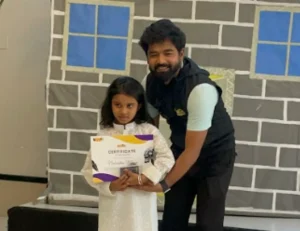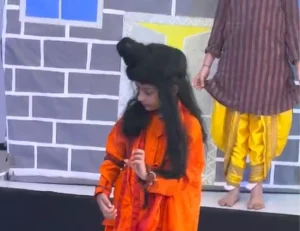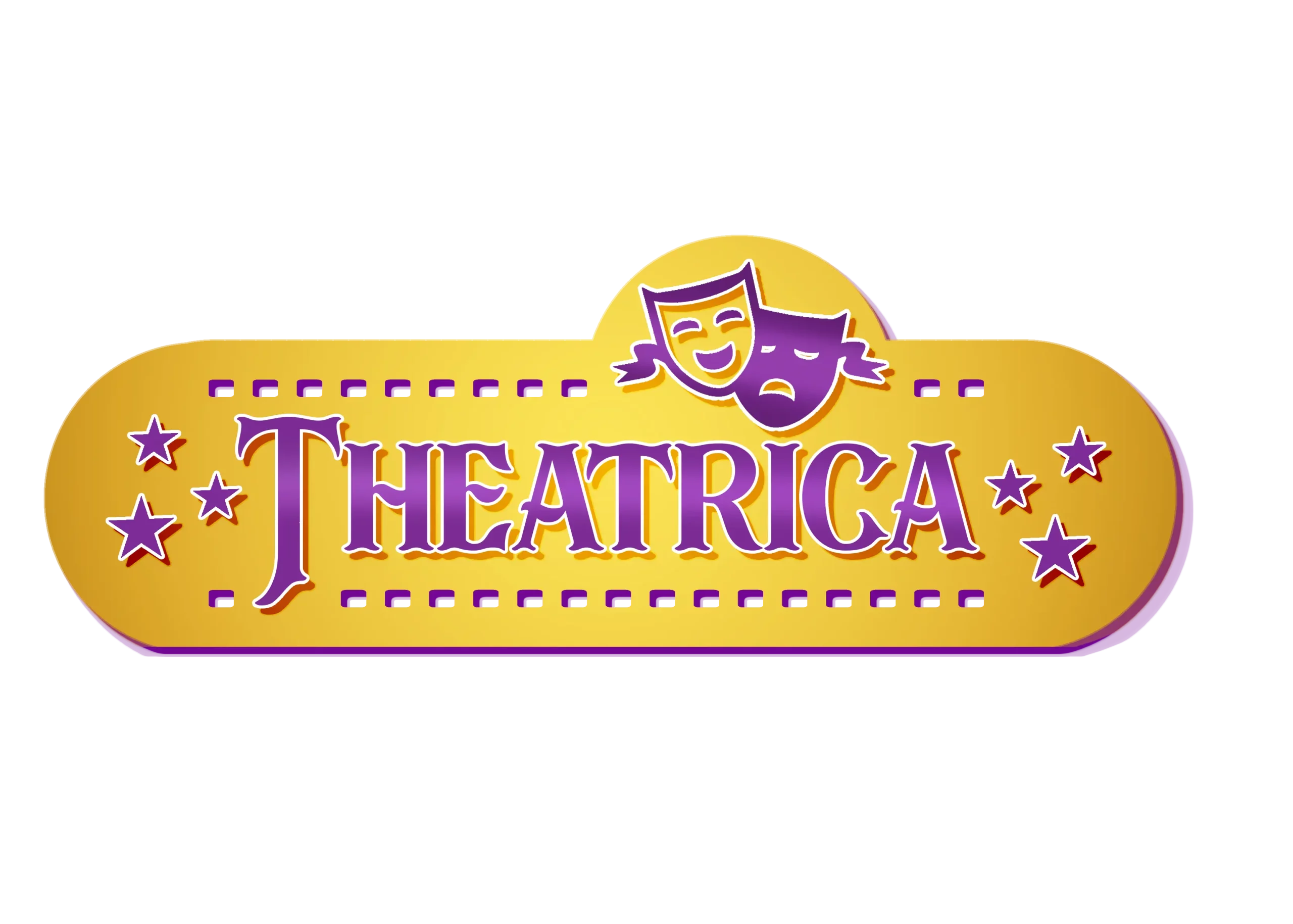Set and Costume Design in Theatre: Creative Roles and Ideas
Table of Contents
Introduction
In the world of theatre, every production is a collaborative masterpiece where each element, from script to stage, plays a pivotal role in creating a memorable experience for audiences. Among these crucial elements are set design and costume design, which not only enhance the visual appeal of a performance but also contribute significantly to storytelling, atmosphere, and character development. At Theatrica, we recognize the profound impact of meticulous set and costume designs in transforming narratives into immersive theatrical experiences. Join us as we delve into the artistry and importance of set design and costume design in theatre, exploring how these elements elevate productions and captivate audiences.
The Artistry of Set Design: Creating Worlds on Stage
Set design serves as the visual backdrop that transports audiences to different times, places, and atmospheres. From elaborate historical settings to minimalist contemporary stages, set designers collaborate closely with directors and production teams to bring scripts to life through spatial arrangement, architecture, and aesthetics. Each set piece is meticulously crafted to enhance storytelling and complement the director’s vision, providing actors with a dynamic environment in which to inhabit their characters authentically.
Enhancing Atmosphere and Mood
Set design plays a crucial role in establishing the mood and atmosphere of a production. Whether through realistic depictions or abstract interpretations, sets evoke emotions and immerse audiences in the world of the play. For example, a Gothic castle set design can evoke mystery and suspense in a thriller, while a vibrant urban street scene can infuse energy and authenticity into a contemporary drama. School activities ideas for primary school can introduce students to basic set design principles through hands-on workshops, encouraging creativity and spatial awareness from a young age.
Technical Aspects and Practical Considerations
Behind the spectacle of set design lies meticulous planning and technical expertise. Set designers collaborate with stage managers, lighting technicians, and carpenters to ensure the practicality and safety of set constructions. They consider factors such as scale, mobility, and durability, especially in school activities where resources may be limited. Summer camp in Pune can offer specialized workshops in set construction and design, allowing students to explore the intersection of creativity and technical proficiency under the guidance of experienced professionals.
The Role of Costume Design: Bringing Characters to Life
Costume design is integral to character development, as it visually communicates personality, social status, and historical context. Costume designers collaborate closely with directors and actors to create costumes that align with the director’s vision and enhance the authenticity of each character. From period attire to fantastical creations, costumes reflect the nuances of a character’s journey and contribute to the overall visual cohesion of a production.
Symbolism and Visual Storytelling
Costumes serve as visual symbols that convey deeper meanings and themes within a narrative. In historical dramas, costumes may signify societal norms and cultural traditions, while in contemporary plays, costumes can reflect individuality and personal identity. Kids activities near me can include costume design workshops where students explore fabric manipulation, color theory, and character analysis, learning to translate textual descriptions into visual representations that resonate with audiences.
Collaboration and Artistic Expression
Both set design and costume design thrive on collaboration and artistic expression. Designers collaborate with directors, playwrights, and actors to ensure that visual elements align with narrative intentions and thematic motifs. Theatrica’s after school activities for kids can include collaborative projects where students work alongside designers to conceptualize and execute set and costume designs for school productions, fostering teamwork and creative problem-solving skills.
Impact on Audience Engagement and Immersion
The combined impact of set design and costume design enhances audience engagement by creating immersive worlds that invite suspension of disbelief. Audience members are transported into the lives of characters and immersed in the visual tapestry of each scene. Whether through elaborate sets that evoke awe or costumes that evoke empathy, design elements heighten the emotional resonance of a production, leaving a lasting impression on viewers long after the curtain falls.
Educational Opportunities and Career Pathways
For aspiring artists and designers, theatre education offers valuable opportunities to explore set design and costume design as potential career paths. Kids classes near me can introduce students to the principles of design through interactive lessons and practical exercises, igniting a passion for visual storytelling and theatrical craftsmanship. Summer camp in Pune can provide intensive workshops where participants develop portfolios and receive mentorship from industry professionals, preparing them for future studies or careers in theatre design.
Conclusion
Set design and costume design are not merely aesthetic elements but essential components of theatrical storytelling that enrich narratives, evoke emotions, and elevate performances to new heights. At Theatrica, we celebrate the artistry and innovation of designers who transform scripts into immersive experiences through their creativity and technical expertise. By embracing the collaborative spirit of theatre and nurturing artistic talent from a young age, we cultivate a new generation of designers and storytellers who continue to push the boundaries of theatrical expression.
Recent Blogs

Summer Camp pune 2024, Theatrica’s Theatre Camp at GK Gurukul School
Theatrica is proud to have organized an summer camp in pune , offering a opportunity for children to dive into the world of theatre

Discover the Benefits of Theatre Programs for Kids in Pune
Theatre programs have been recognized as a powerful tool for personal development, offering benefits that extend beyond the stage.

The Power of Theatre Education and Fun Activities in Pune for kids
Theatre education can build confidence in kids, and provide practical school activities ideas for nursery kids activities, and more.

